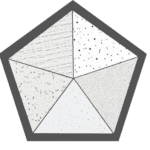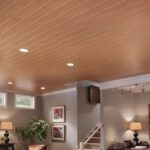Let’s talk about Mineral Fiber Ceiling Tile Textures
Mineral fiber ceiling tiles can have different textures and appearances, which are typically achieved during the manufacturing process. Manufacturers use...
Read More
Let’s talk about Mold
What are molds? Molds are microscopic organisms that live on plants or animal matter. They aid in the breakdown of...
Read More
Let’s talk about Aluminum Ceiling Tiles
Aluminum ceiling tiles are a type of suspended ceiling system that is made from aluminum or aluminum alloy. These tiles...
Read More
Let’s talk about the components of the Mineral Fiber Suspended Ceiling
A mineral fiber suspended ceiling, often referred to as a drop ceiling or suspended ceiling, consists of several components that...
Read More
Let’s talk about Aluminum Ceiling tile Patterns
Aluminum ceiling tiles come in a variety of patterns and designs to suit different architectural styles and design preferences. The...
Read More
Let’s talk about the types of Aluminum Ceiling Panels.
In the market, you can find various types of aluminum ceiling panels that cater to different design preferences, performance needs,...
Read More
Let’s talk about Aluminum Ceiling, Which could be your best option?
Aluminum ceiling tiles come in two main types: Lay-in and Clip-in, each with its specific design and usage considerations. In...
Read More
Let’s talk about Mineral Fiber Ceiling Performance
Mineral fiber ceilings, like other types of suspended ceiling systems, offer various performance characteristics that make them suitable for a...
Read More
Let’s talk about Mineral Fiber Ceiling Tile Edges
Mineral fiber ceiling tiles come with various edge details to suit different installation and design requirements. The choice of edge...
Read More
Read more hidden text











